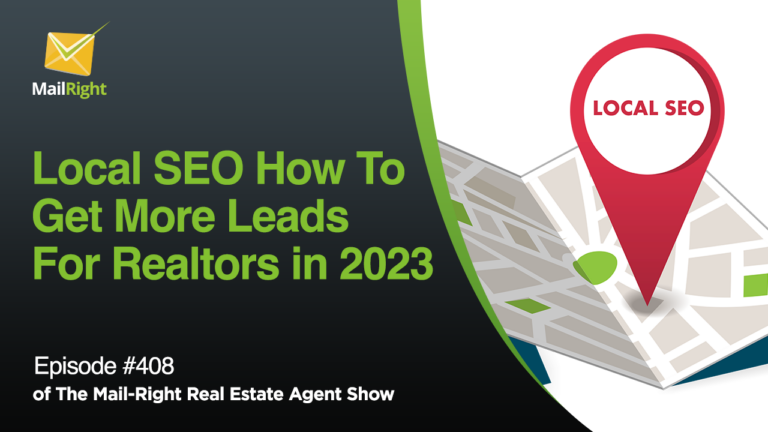When Should You Consider Paid Online Advertisement?
In this internal discussion, we discuss in detail the facts regarding Paid Online Advertising for Real Estate professionals. We’re going to talk about the cost of leads, the quality of leads, guerilla marketing, and more. Be sure to watch the episode on YouTube to get a more in-depth version of our discussion.
Traditional Advertising
Television used to be king when it comes to advertising, and it still has a place in today’s marketplace. However, people are starting to move away from the TV and are watching a lot of their media content on streaming platforms such as Netflix or YouTube. Although you can argue that the older demographics and the wealthier population of America still use the medium, online is slowly starting to take over the advertising world when it comes to getting in front of an audience. If you’re a large broker, it may still be a good idea to use Television or Newspaper ads, but there is a valid argument that you should be spending a good portion of your ad budget on the internet.
YouTube Advertising
YouTube is the wave of the future, and with the regular habits of people today, it’s one of the best ways to reach the younger demographics. Statistics show that the same way that people prefer to consume video content over written material. That’s why, as realtors, we need to leverage the power of YouTube to get in front of our target audience. If you’re looking for one of the best ways to find high-quality leads, then advertising and creating content on long-term YouTube search terms is one of the best bets to do just that.
Remarketing
Remarketing is the process of generating ads that follow a specific user whenever they visit your website. When someone checks out listings on your site, they get added to a database, and when they access their Facebook or do a Google Search, the same ad is put in front of them. It’s an excellent way to get someone’s attention back to you, especially in today’s world, where the attention span of a typical person is so short. Remarketing is also a much affordable ad spend since it costs significantly lower than a unique lead clicking on one of your ads.
Twitter is probably one of the most unexpected gems when it comes to advertising for real estate. The platform has a lot of users, and people that use Twitter are quite active at conversing with their peers. Creating content that’s Twitter appropriate such as video, images, or short text, is a great way to get attention for a listing or real estate website. The best markets to tap Twitter ads on are metro areas where there’s a lot of conversation and traffic. Places such as New York, Houston, Miami, Los Angeles, and others are perfect for Twitter ad spend.
Spending advertising on LinkedIn is best done when you do a good portion of your business on the relocation market. Cities that have a lot of people moving in and out will find lots of success putting ads on LinkedIn. There are a lot of professionals using the platform to find new work and, at the same time, a new home that’s close to their new employer.
Google Advertising
Google’s algorithm focuses a lot on user behavior and how people interact with your website. They use that data to identify then which terms you should rank for when it comes to search. The downside is that you need traffic so that you can start building domain authority to your website. My company is focused on organic content marketing and ranking for specific real estate related search terms, but one of the things I advise my clients is that they need to have a PPC budget on hand for their website. The initial bump of paid advertising with Google will allow you to establish your website’s authority and build it into one of the top sites in your market. Check out my talk with Dean Short on how to learn more about how you can do it for yourself.
Facebook is one of the best ways you can generate leads for your real estate business. One thing to note if you’re running an ad campaign in a smaller market, let’s say 200,000 to 1 million residents, your campaigns will need to be refreshed a lot more frequently. You’ll probably need to keep updating your images and content to get similar results as you’ll get a lot of impressions fast on your target demographics. For larger metropolitan areas, you can run your ads for longer due to the high number of users in your area.





